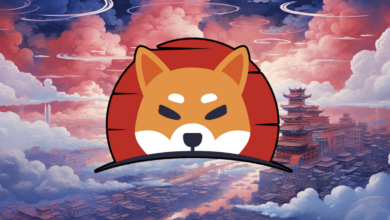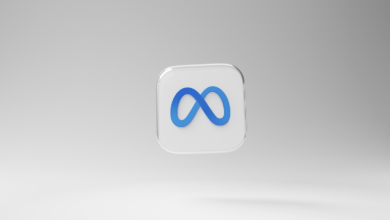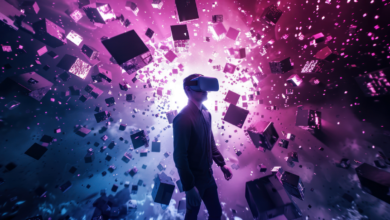AI Artists vs. Greg Rutkowski
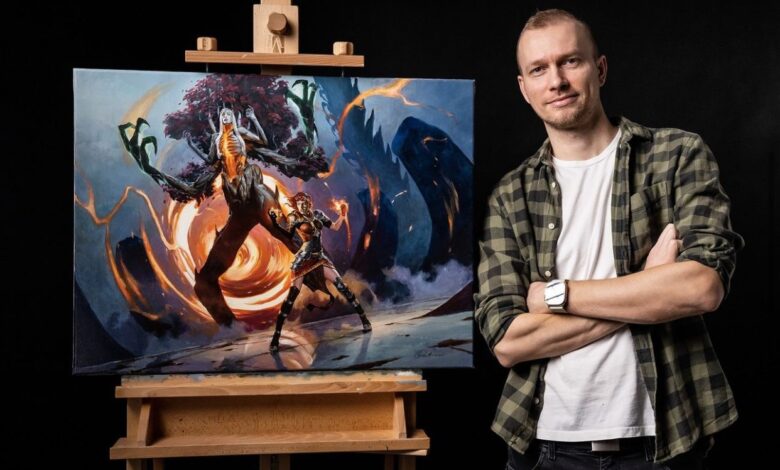
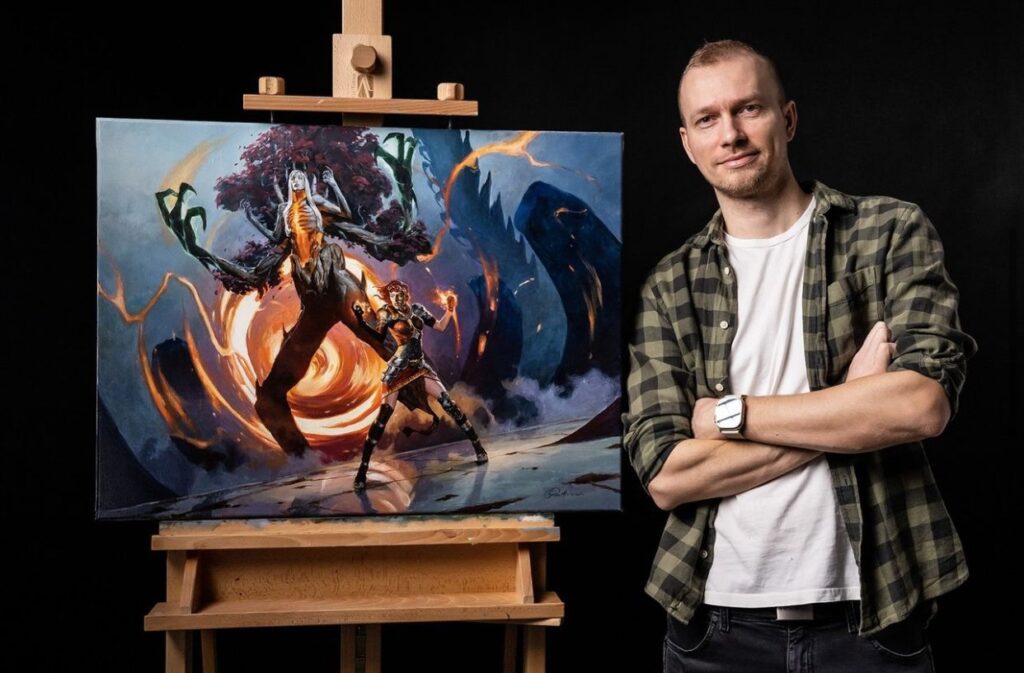
AI Artists bring Greg Rutkowski back after his removal from Stable Diffusion. Significantly, the world of art and artificial intelligence collided when digital artist Greg Rutkowski found himself at the center of an unexpected trend. So, what actually happened? Let’s dive in!
TL;DR:
Rutkowski vs. AI Artists: The Battle for Artistic Identity
Rutkowski’s vivid and surreal style made him immensely popular among enthusiasts of AI-generated art. In fact, his name became the most used by AI artists looking to mimic specific artistic styles. However, Rutkowski was adamant about not wanting his art associated with AI technology.
In response to Rutkowski’s vocal opposition to the AI art trend, Stability AI, the creators of the popular AI image generator Stable Diffusion, removed his work from their dataset. This move was meant to respect the artist’s wishes and distance his style from AI creations. Yet, the art community found a way around it.
Despite being the hottest name in AI art prompts, Rutkowski’s criticism of the AI art trend remained firm. The release of Stable Diffusion 2.0 introduced a major change. Markedly, this change removed the ability to emulate the style of specific artists. This caused some discontent among users. It also resulted in the updated model being deemed less popular than its predecessor, Stable Diffusion v1.5.
Enter the LoRa, a model designed to emulate specific things, such as art styles. With Rutkowski’s style missing from Stable Diffusion 2.0, the art community sought to fill the void. They created a LoRa trained to recreate Rutkowski’s unique style and made it freely available on Civitai.
The Evolving World of AI and Art
The decision to create a LoRa of Rutkowski’s style sparked controversy within the art community. Some argued that it was unethical to do so without the artist’s consent. Meanwhile, others defended the move. They pointed out that Rutkowski’s art had already been in circulation in Stable Diffusion v1.5 for years.
As the world of AI and art continues to evolve, the line between innovation and infringement becomes blurrier. Especially when terms like “styles,” “decentralization,” and open-source come into play. The art community is not shy about shaking up the digital canvas, and Rutkowski’s unique style remains an influential force in this ever-evolving landscape.
Despite the challenges and controversies, Rutkowski’s art continues to make an impact, transcending the boundaries of traditional and AI-generated art. In this dynamic interplay between artists and AI, life imitates art—and vice versa.

